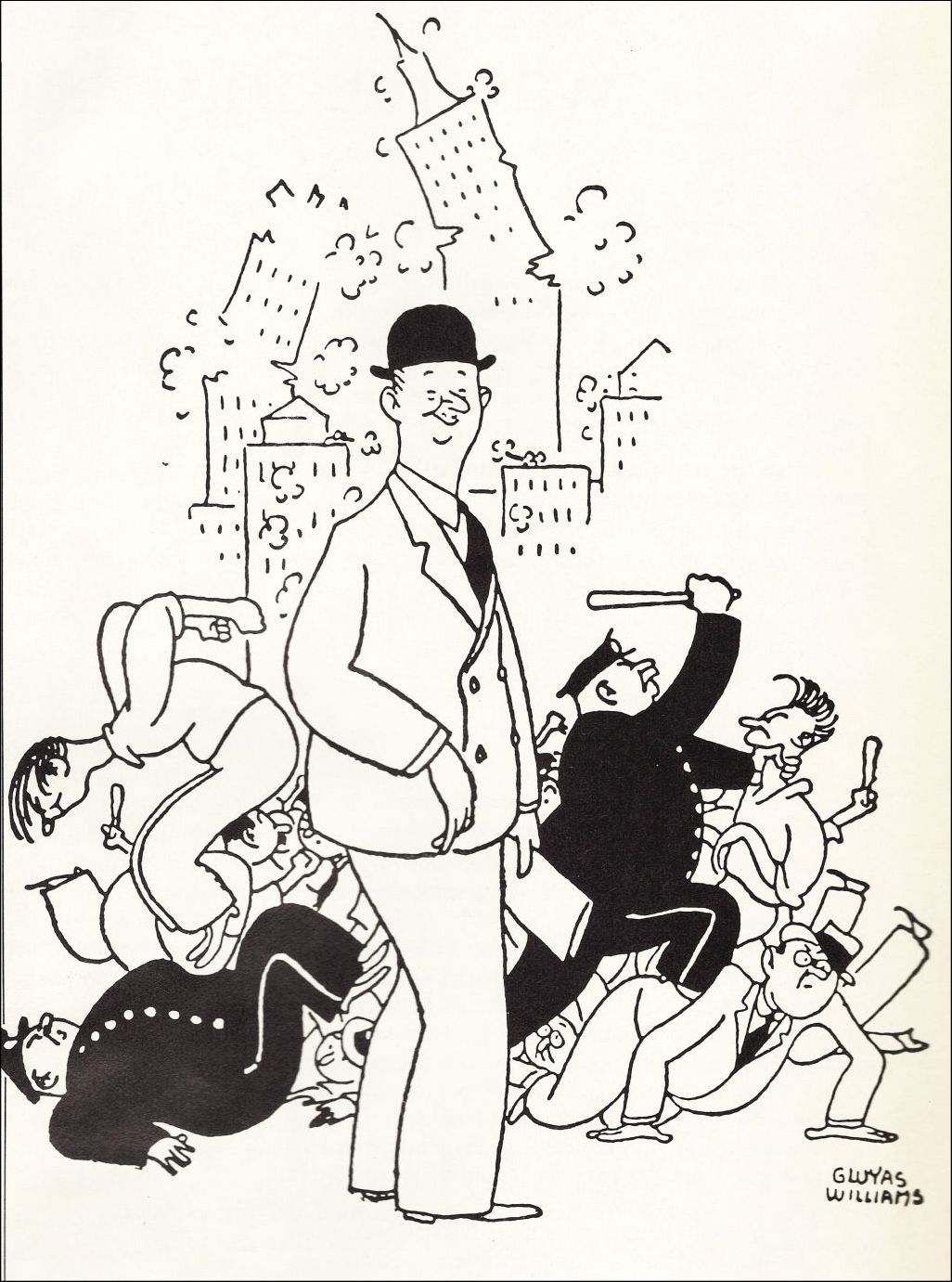Authors:
Historic Era:
Historic Theme:
Subject:
April/May 1985 | Volume 36, Issue 3


Authors:
Historic Era:
Historic Theme:
Subject:
April/May 1985 | Volume 36, Issue 3
Editor's Note: Harry G. Brown of Lockport, New York, writes us: “As a student of history, I thoroughly enjoyed ‘I Wish I’d Been There,’ featured in the thirtieth-anniversary issue (December 1984). While the comments of each contributor about a significant event were enlightening and interesting, I wondered what might be the reaction of the common man who happened to be present at such a time. That well-known humorist Robert Benchley captured the situation perfectly in a brief essay; fortunately, it was illustrated by Gluyas Williams, who also was featured in the same issue of American Heritage. Therefore, I urge you to secure permission to reprint this brief article for the delight of your readers.” And we did just that.
If you want to get a good perspective on history in the making, just skim through a collection of news photographs which have been snapped at those very moments when cataclysmic events were taking place throughout the world. In almost every picture you can discover one guy in a derby hat who is looking in exactly the opposite direction from the excitement, totally oblivious to the fact that the world is shaking beneath his feet. That would be me, or at any rate, my agent in that particular part of the world in which the event is taking place.
I have not seen an actual photograph of the shooting of the Austrian Archduke at Serajevo, but I would be willing to bet, if one is in existence, that you could find, somewhere off in the right foreground, a man in a Serbian derby looking anxiously up the street for a trolley car. And probably right up in the foreground a youth smiling and waving into the camera.
Revolutionary disturbances are particularly subject to this blasé treatment on the part of bystanders. Photographs which have come up from Cuba lately, and even those of the wildest days in Russia during the Reign of Terror — photographs taken at the risk of the lives of the photographers themselves — all show, somewhere in their composition, an area of complete calm in which at least one man is looking at his watch or picking his teeth.
In one which I have before me from Havana we see crowds of people fleeing before machine-gun bullets, soldiers dashing hither and yon with uplifted sabres, puffs of smoke stippling the background, and down in one corner, by a news kiosk, a man in his shirtsleeves looking up at a clock.
At any rate, there’ll be one guy who knows what time the trouble started —provided he knew that it had started.
Are these men in derby hats really men of iron, who take revolutions and assassinations in their stride as all part of the day’s work, or are they hard of hearing, or near-sighted, or, possibly, are they just men who go through life missing things?
I like to think of them